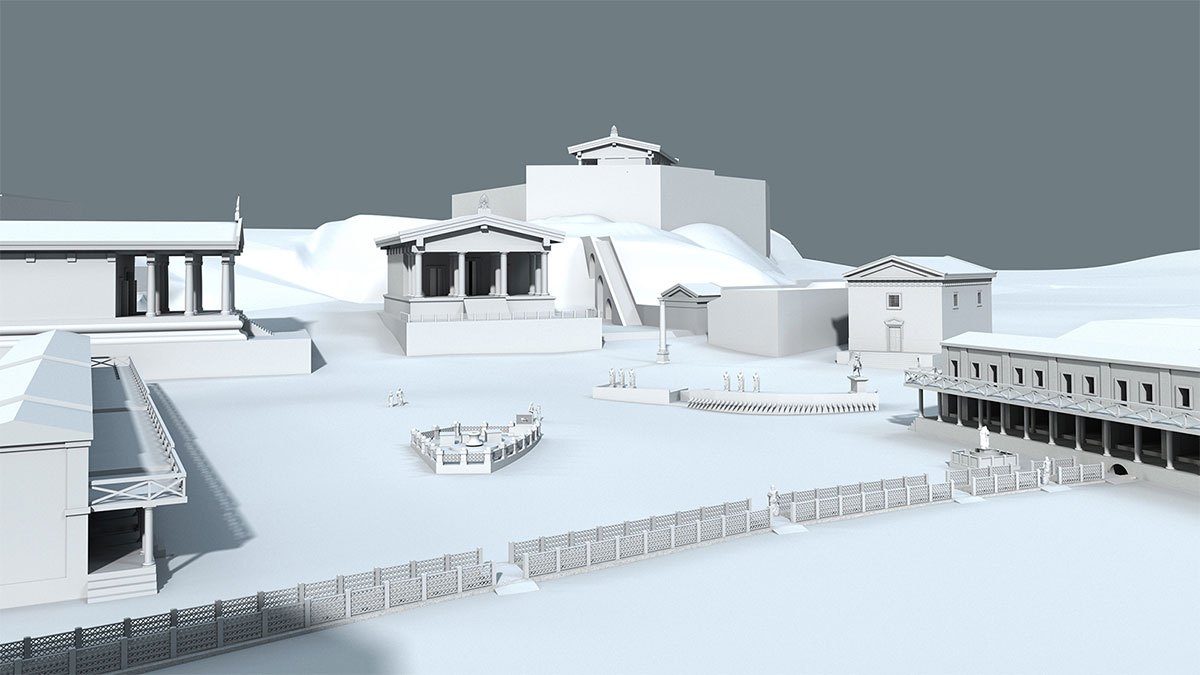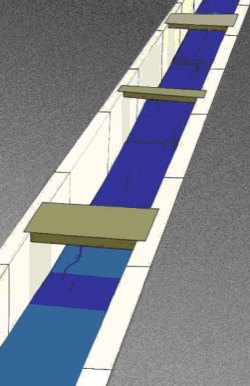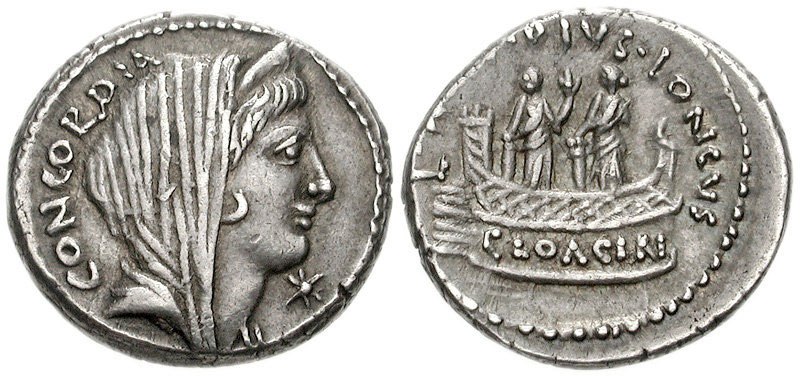Roman Building Projects
A Marker of Social Organization and Military Success
Archaic Rome
Cloaca Maxima and the Forum
- A good portion of the land of what is now the Forum Romanum was approximately 6 feet below sea level and therefore prone to flooding by the Tiber
- It also had streams draining into it from the surrounding hills; e.g., spring of Juturna
- Between 650-635 BC, there was a long term inundation of the forum
- Between 650-625 BC, the basin was reclaimed
- In the 6th century BC, the Cloaca Maxima was built in order to drain the forum area (Course of the Cloaca provided)
- It was not a sewer but an open drain built in a monumental style with cut stone bifurcating the forum area in two
- The Cloaca was covered over later, during the Republican period, in a different style of construction and repeatedly repaired and rerouted during the imperial period
- A small temple to Cloacina, the goddess of drains was located in the forum near or directly above where the drain entered the forum
- Cloacina was also the protector of sexual intercourse in marriage
- She was Etruscan in origin, later she was associated with Venus
Political and military implications
- Initial construction of the Cloaca in an unnecessarily sophisticated monumental way, indicates a propaganda aspect to the project
- If drainage of the forum area was the objective, then there were simpler engineering solutions available; examples of such solutions can be found in some neighboring cities of Latium
- The work in the monumental style was so demanding that workers began deserting the project; the king had to threaten crucifixion in order to maintain a stable workforce
- Such a level of engineering sophistication, of physical coercion and project coordination suggests a great deal of centralized power and resources



